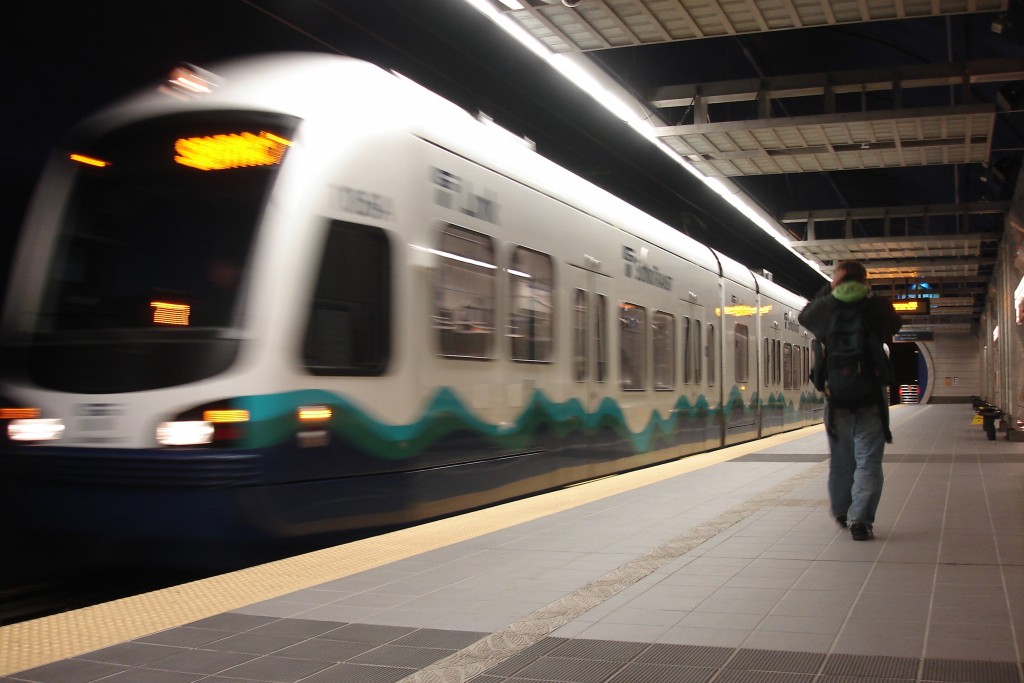The US Senate continues to debate the federal surface transportation bill this week, with a series of votes taken last night by the full Senate. Individual senators filed over 200 amendments and T4America continues to track the latest developments on those amendments. We have compiled a brief update on where things stand and provide information on three amendments that we know would spur innovation, access and local control.
**It is rumored that another manager’s amendment package will be offered in the near future. T4A will update this information as needed.
Transportation Funding Timeline Update: Transportation funding expires this Friday and the House announced this morning that they intend to pass a 3-month extension to match the Senate’s; setting up a new October 29 transportation funding deadline.
Last week, Majority Leader McConnell (R-KY) introduced what is expected to be the first of potentially two or more manager’s amendment packages. Manager’s packages serve as legislative vehicles to modify a piece of legislation in committee or on the floor, wholesale. This first manager’s package makes a number of changes, including maintaining the historic 80/20 highway and transit funding split; increases funding for the FTA High Intensity/Fixed Guideway State of Good Repair Formula program by $100 million (paid for by cutting TIFIA and the Assistance for Major Projects by $50 million each) and requires 50% of the off-system bridge set-aside funding in the STP program to be used on bridges that are not on the federal-aid highway system.
Last Sunday, the Senate dispatched a couple of non-germane amendments, but voted to allow Senators to vote on whether or not to tie the Ex-Im Bank authorization to the highway authorization. Late last night, the Senate voted and approved that plan (64-39).
Under this new modified manager’s package, T4A believes that it is unlikely that few if any of the 200+ plus amendments filed by Senators will be considered or voted on. However, we do anticipate the introduction of a third manager’s amendment which will reflect additional changes. T4A continues to work to increase local control, innovation and access to jobs and opportunity through three primary amendments. They include the following:
- Wicker-Booker STP local control amendment (corresponding fact sheet by USCM on changes to metro level funding)
- Murray TIGER authorization amendment
- Donnelly Job Access planning amendment (search for S. Amdt 2434, 2435 and 2436; this one is messy, our apologies)
Update: 5 Issues to Watch (for more information, please refer to T4A’s Member post on 7/23/15):
Pay-fors – Since the last post on 7/23/15, a number of items have shifted. A few provisions, considered poison pills, were removed, including the $2.3 billion that came from denying those with felony warrants social security benefits and $1.7 billion that came from rescinding unused funds for TARP’s Hardest Hit Fund. These rescissions leave the authorization with $43.7 billion, all of which are generated outside of the traditional transportation-user fee system. The measure would provide enough additional HTF revenues to provide the first three years of highway and transit investment, but Congress would be required to raise additional resources before October 2018 to be able to fund the final three years of the DRIVE Act’s authorized spending.
Transit funding – Changes in the manager’s package increased the levels of transit funding to be 24% of the authorized levels overall and 24% of any new funding generated annually.
Freight –The DRIVE Act creates a robust freight planning process that directs states to examine efficient goods movement and identify projects needed to improve multimodal freight movement. However, despite instituting a multi-modal freight planning process, the new National Highway Freight Program would require 90% of the funding go to highway-only projects rather than to multimodal projects using a performance-based system. What impact will this have?
Take, for example, the non-highway freight needs in the State of California. Ten percent of California’s funding would be only $9.3 million in 2016, growing to $23 million in 2021. Comparitively, one multimodal project at the Port of Long Beach in California to remove a railroad bottleneck and build more on-dock rail capacity cost the Port $84 million. T4A views this policy as a missed opportunity and not consistent with T4A’s freight policy.
Overall, due to removal of the TARP Hardest Hit Fund, the bill’s overall investment levels needed to be reduced. Under the first manager’s package, the freight program was set to receive $1.5 billion in FY2016 growing to $2 billion in FY2018. The program would now receive $991.5 million in FY2016 and increase to 1.9 billion in Fy2018.
Passenger Rail – No changes to note from the last update on 7/23/15.
Assistance for Major Projects (AMP) – Funding decreased by $50 million per year to increase funds for FTA’s High Intensity/Fixed Guideway State of Good Repair Formula program. AMP would now be authorized at $250 million in FY16 and rise to $400 million in FY2021.
*NEW* TIFIA – The initial manager’s package introduced early last week would cut TIFIA funding from $1 billion to $500 million per year. Removing the TARP Hardest Hit Fund and other payfors required additional cuts, which senate authorizers took out of the TIFIA program. Those cuts, plus the increase to the FTA’s High Intensity/Fixed Guideway State of Good Repair program, result in an overall authorized funding level for TIFIA at just $300 million per year over the life of the bill.





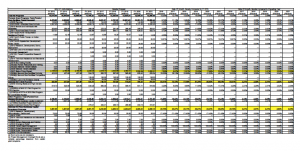
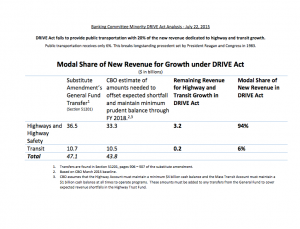
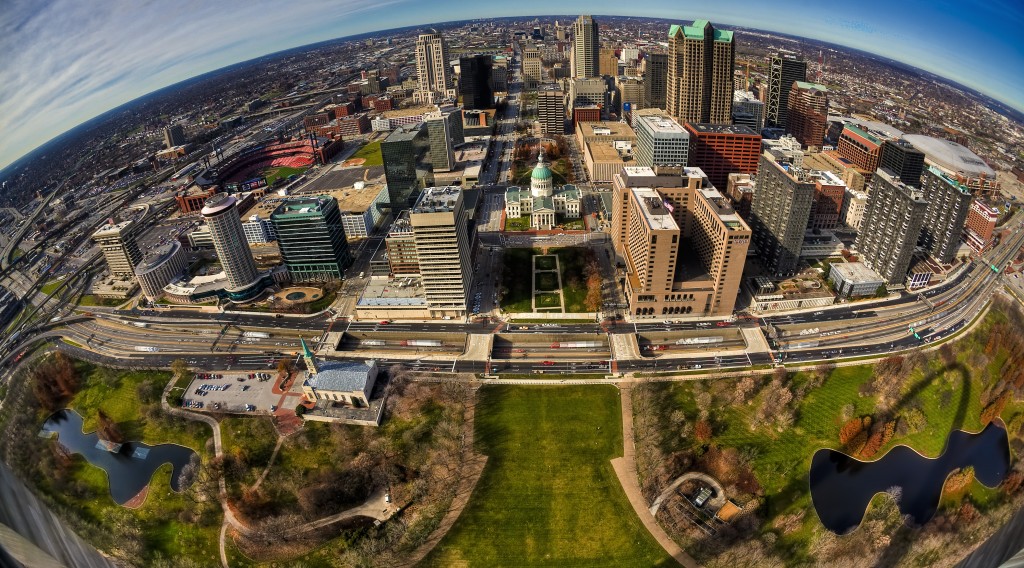

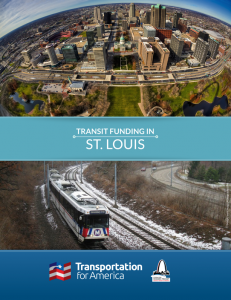
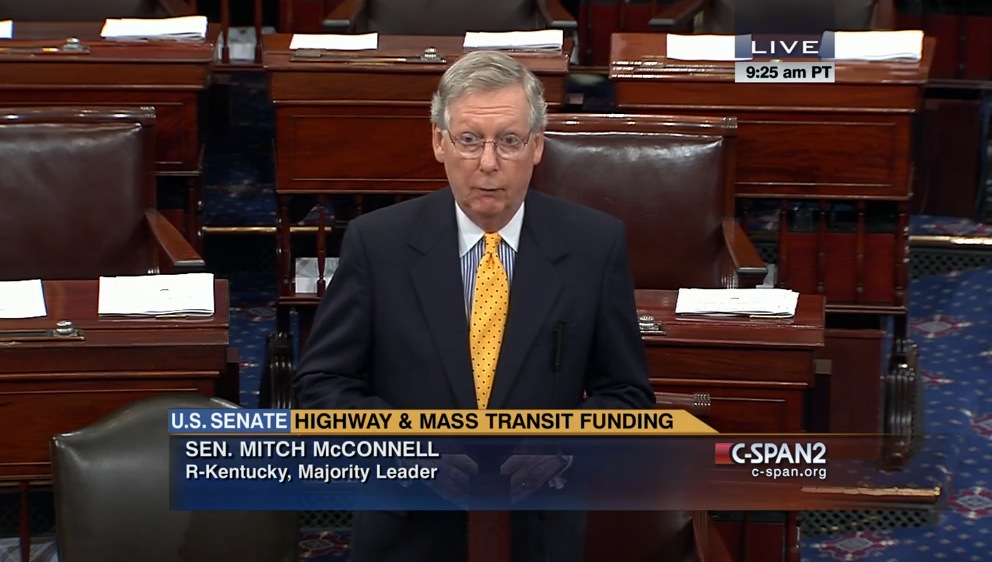

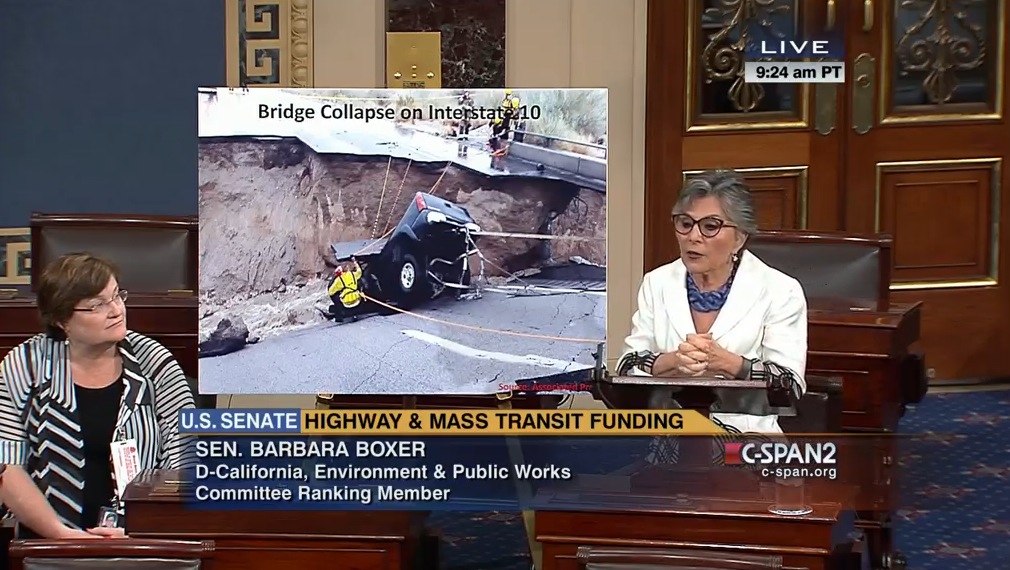
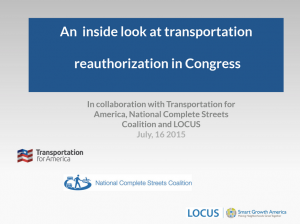



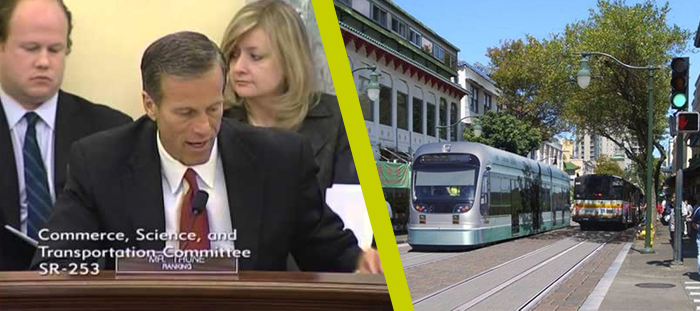
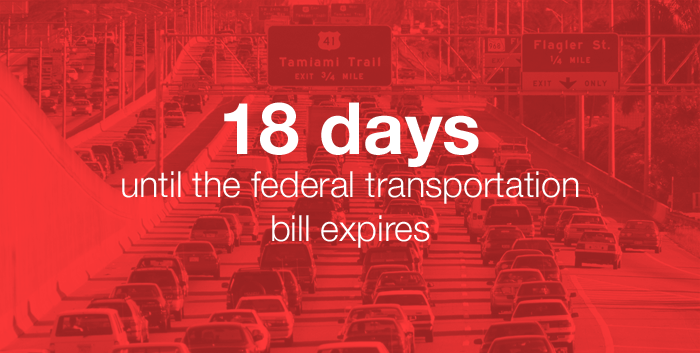

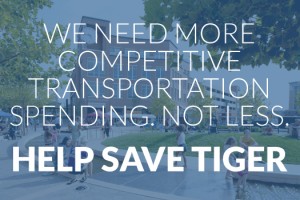 Since 2009, the federal TIGER program has made projects like Normal’s downtown transportation hub and civic centerpiece a reality,
Since 2009, the federal TIGER program has made projects like Normal’s downtown transportation hub and civic centerpiece a reality, 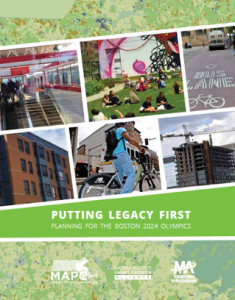 a few of which are summarized below:
a few of which are summarized below:
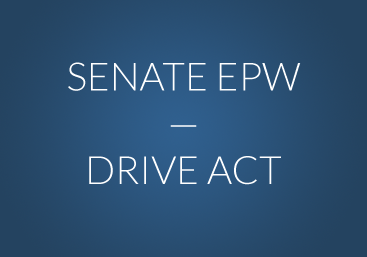 June 24, 2015 — The Senate Environment and Public Works Committee (EPW) released its six-year MAP-21 reauthorization proposal on June 22, 2015. The DRIVE Act is a start, but needs much more work to reform — and reinvigorate — the federal transportation program in ways that will boost today’s economy and ensure future prosperity. This memo provides an overview of the key provisions included in the proposal, as well as funding levels for key programs.
June 24, 2015 — The Senate Environment and Public Works Committee (EPW) released its six-year MAP-21 reauthorization proposal on June 22, 2015. The DRIVE Act is a start, but needs much more work to reform — and reinvigorate — the federal transportation program in ways that will boost today’s economy and ensure future prosperity. This memo provides an overview of the key provisions included in the proposal, as well as funding levels for key programs.
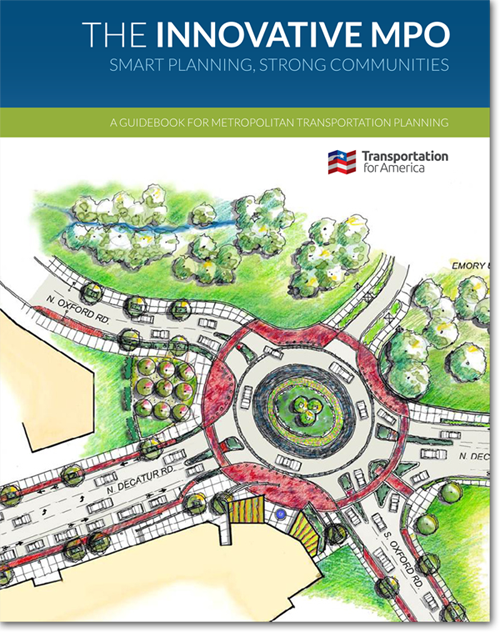
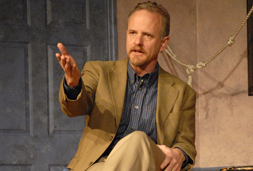
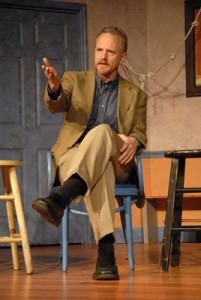
 Steve Davis
Steve Davis Alex Dodds
Alex Dodds